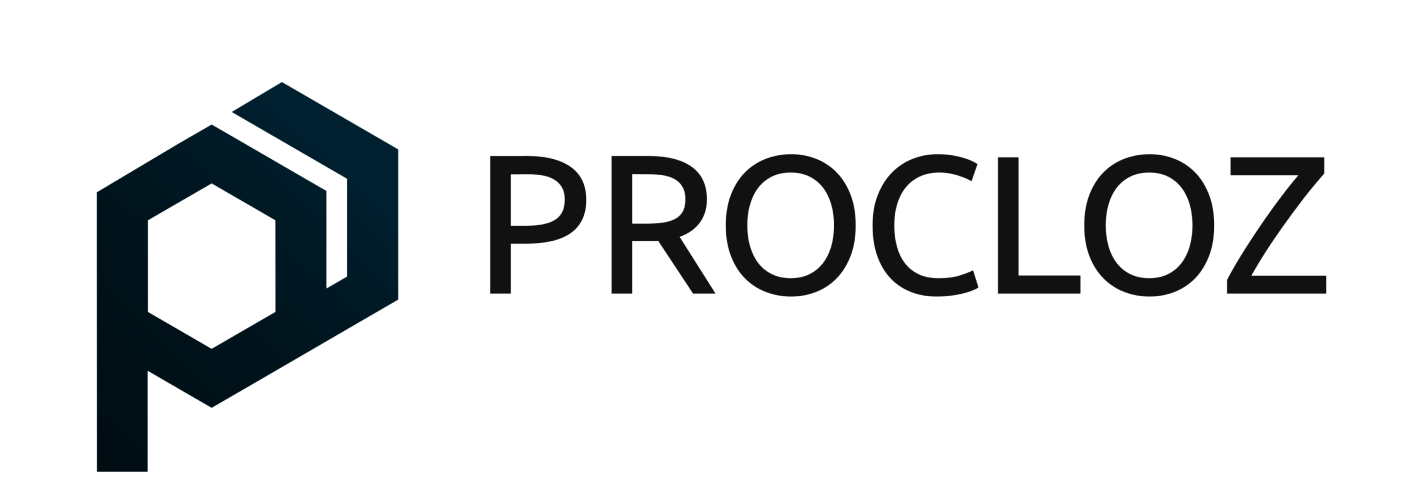HR automation best practices are changing how global teams function. For U.S. companies with employees in Australia, automation means saving time, securing compliance, ensuring fair employee satisfaction, and achieving precision on all four fronts, regardless of the distance.
A study by McKinsey has shown that companies that practice HR automation save nearly 40% of their time on administrative tasks, while simultaneously boosting employee morale. Again, how automation is used is the key, as opposed to which tools are used.
What is HR Automation and Why Does It Matter in 2025?
HR automation reduces the load of small tasks, such as onboarding, payroll, and compliance reporting. It also helps businesses to focus on their global operations while honoring local laws, tax obligations, and payroll compliance.
In Australia, automation serves compliance with the Fair Work Act and superannuation obligations, two areas that are risky for regulators and improperly designed manual processes.
As Josh Bersin, Global HR Industry Analyst, puts it:
“The only path to business growth is through productivity and AI. Companies need to embrace technology and learn how to use it effectively. It is not just about improving HR, but enabling all employees and managers to work in a more productive way.”
How Does Automated HR Differ from Manual HR?
Before exploring the HR automation best practices, it’s important to understand what sets automated HR apart from traditional methods.
| Process Area | Manual HR Management | Automated HR Management |
| Onboarding | Paper contracts, manual verification, high error risk | Digital onboarding with e-signatures and automated compliance checks |
| Payroll | Manual calculations are prone to tax errors | Integrated payroll with real-time tax and superannuation updates |
| Leave Tracking | Spreadsheet-based tracking with frequent disputes | Automated accruals aligned with NES and the Fair Work Act |
| Compliance | Requires frequent manual audits | Real-time monitoring and instant alerts for regulatory changes |
| Employee Queries | HR backlogs and delayed responses | AI chatbots for instant query resolution and self-service |
| Data Security | Limited tracking and paper-based storage | Encrypted, role-based access with automated audit trails |
Automation creates consistency, transparency, and speed, helping HR teams spend less time on administration and more on people strategy.
What are the Global HR Automation Best Practices?
Following HR automation best practices ensures that your system not only runs mere HR tasks but truly updates how the HR department operates.
1. Automate the Onboarding and Offboarding Process
Automation of these processes guarantees that new hires get their contracts, tax forms, and Fair Work Act compliance documents in time.
2. Payroll and Compliance Systems Integration
You can improve precision and avoid double data entry by linking the payroll software with HR systems.
Use global payroll services for multi-country salary payments.
Collaborate with employer of record services for compliance without setting up a local entity.
3. Update Automation Systems
Managing automated systems ensures compliance with Australia’s Privacy Act 1988 regarding cross-border data flows.
4. Implement AI Technology
Moveworks states that companies utilizing conversational AI technology experience HR resolution much faster. AI-powered assistants respond to employees’ routine HR questions like leave balances and policy inquiries.
5. Automate Administratively
Automated systems driven by AI technology enable managers to allocate more time towards developmental activities and less time on administrative tasks, as the systems provide timely, objective, and data-driven feedback.
6. Simplify Leaves and Attendance Management
Digital leave systems will help make sure fair and accurate tracking of compliance with the National Employment Standards(NES) while minimizing disputes, paperwork, and administrative tasks.
7. Regular Updates on Audits on Workflows
Automation will require updates. Set quarterly feedback of the processes to ensure alignment with changes in the business or regulations.
What are the Benefits of Following HR Automation Best Practices?
Organizations following HR automation best practices globally realize these key gains:
Confident Compliance. Reduced payroll and tax jurisdictional errors.
Advanced Efficiency. Repetitive administrative activities no longer occupy HR.
Scalability. Scaling operations while your teams grow globally.
Enhanced Employee Experience. With HR processes that become clear and quick, employees have higher satisfaction.
Reduced Costs. According to Delloite, HR automation helps reduce administrative costs by as much as 30%.
How Procloz Simplifies Global HR and Payroll?
Procloz enables U.S.-based businesses to manage HR and payroll globally with tech-enabled services:
- Global payroll services offer consistent and compliant pay cycles.
- EOR is responsible for local hiring, onboarding, and benefits.
- Compliance reporting powered by tech is transparent and gives operations control.
With Procloz and its combination of expertise and HR tech, global teams can work productively, compliantly, and confidently.
Want to make HR and compliance easy when expanding globally?
Get started with Procloz today and let us solve your payroll and workforce complexities quickly and easily.
Frequently Asked Questions (FAQs)
1. What are the 7 pillars of HR?
Recruitment, training, employee relations, compensation, safety, compliance, and strategy.
2. Is HR going to be replaced by automation?
No, automation empowers HR by removing repetitive tasks and enhancing strategic roles.
3. What will the future of HR look like in 2030?
HR will center on data-driven insights, AI-assisted management, and personalized employee engagement.





